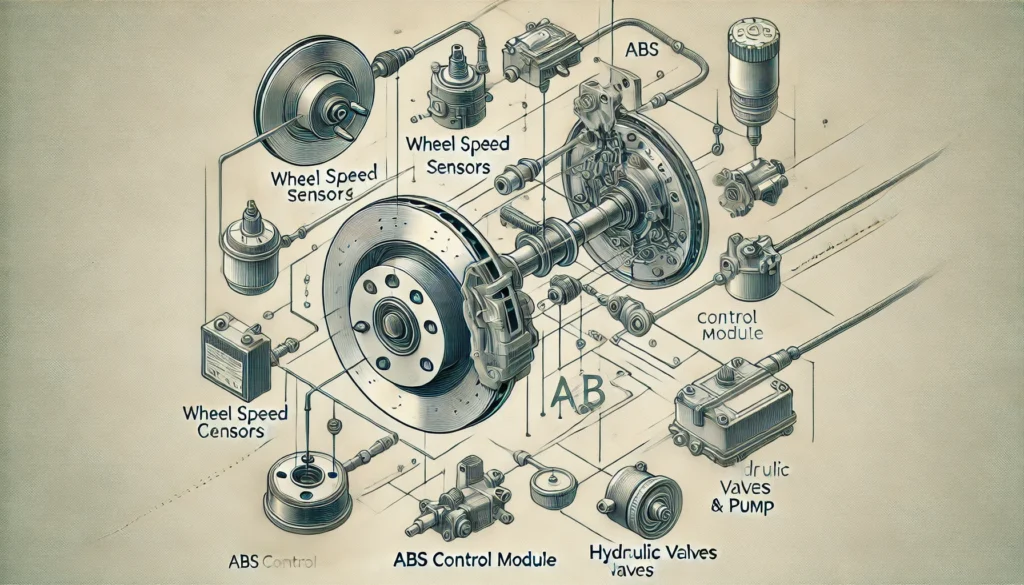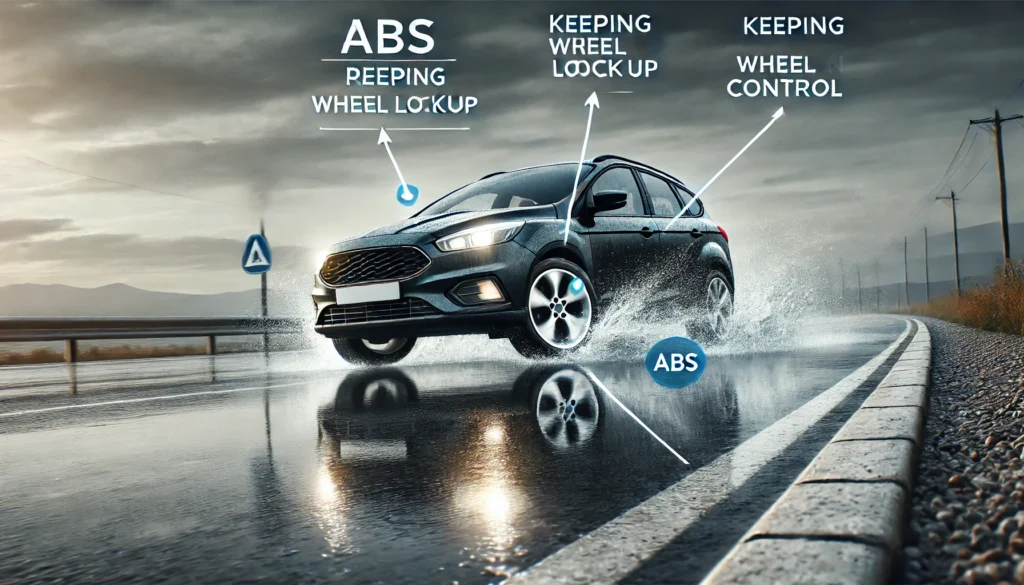The Anti-lock Braking System (ABS) is a critical safety feature in modern vehicles, designed to prevent wheel lockup during emergency braking situations. By maintaining steering control and ensuring optimal braking force, ABS significantly enhances vehicle safety. When an ABS fault occurs, it raises concerns about its impact on braking performance, particularly the braking distance. Understanding how an ABS fault affects braking distance can help you take the necessary steps to ensure your vehicle remains safe.
Understanding ABS and Braking Distance
ABS works by rapidly modulating brake pressure to prevent the wheels from locking up. This allows the driver to maintain steering control and reduce stopping distances, especially on slippery or uneven surfaces.

Impact of ABS Fault on Braking Distance
- Loss of Modulation:
- Effect: When the ABS system is faulty, it loses the ability to modulate brake pressure effectively. This means that during hard braking, the wheels can lock up, leading to skidding.
- Impact on Braking Distance: Locked wheels reduce the tire’s ability to maintain traction with the road surface, significantly increasing braking distance. On wet or icy roads, this effect is even more pronounced, as the risk of skidding is higher.
- Reduced Steering Control:
- Effect: ABS allows the driver to maintain steering control during emergency braking. A faulty ABS system can result in loss of steering control, making it difficult to maneuver around obstacles while braking.
- Impact on Braking Distance: The inability to steer effectively can force a driver to maintain a straight path, which may lead to collisions that could have been avoided with functional ABS.

- Inconsistent Braking Force:
- Effect: ABS ensures that braking force is distributed evenly to all wheels. A malfunctioning ABS can cause uneven braking force, where some wheels receive more braking pressure than others.
- Impact on Braking Distance: Uneven braking can lead to instability and increased stopping distances, particularly in emergency situations where balanced braking is crucial.
How to Manage ABS Faults
- Diagnose the Issue:
- Use an OBD-II scanner to read error codes related to the ABS system. These codes help identify the specific component causing the fault.
- Inspect and Repair Components:
- Check the wheel speed sensors, wiring, and ABS control module. Clean or replace faulty sensors, repair damaged wiring, and replace or reprogram the control module if necessary.
- Regular Maintenance:
- Regularly inspect your vehicle’s braking system, including the ABS components, to ensure they are in good working condition. Address any warning lights promptly to avoid further damage.
- Seek Professional Assistance:
- If you are unable to diagnose or repair the ABS fault, consult a certified mechanic. They have the expertise and tools to address the issue safely and effectively.
Importance of ABS in Safe Braking
ABS is essential for safe braking, particularly in adverse conditions such as rain, snow, or ice. By preventing wheel lockup and maintaining traction, ABS helps to reduce stopping distances and improve vehicle control. Ignoring an ABS fault can lead to compromised braking performance, increased stopping distances, and a higher risk of accidents.
Conclusion
An ABS fault can significantly affect braking distance by reducing the system’s ability to modulate brake pressure, maintain steering control, and ensure even braking force. Addressing ABS faults promptly through proper diagnosis and repair is crucial for maintaining vehicle safety and performance. Regular maintenance and professional assistance can help ensure your ABS system functions correctly, keeping you and your passengers safe on the road.